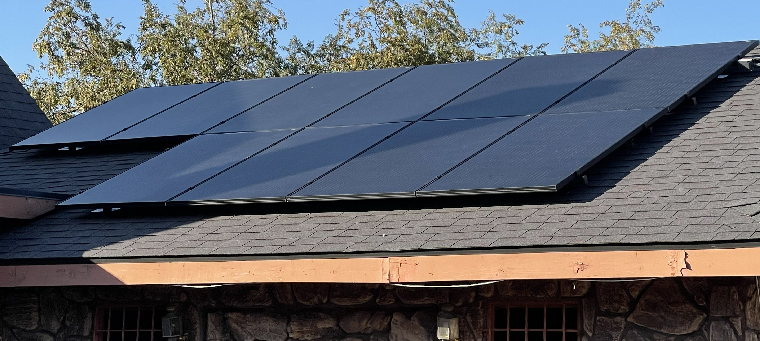




Going solar is a major step towards a more sustainable energy source and monthly utility savings. For many homeowners, adding solar panels to their property provides major savings and improves the value of their home. With net metering, you are also able to get credits per kWh of electricity your solar panels produce. These credits go directly towards your energy bill, cutting back on your costs.
So what happens when your solar panels go above and beyond, producing and sending even more electricity to the grid than your entire household uses any given month? While it would be ideal if selling energy to your own utility company was possible, that currently isn’t an option available here in California.
However, the average household solar panel system doesn’t typically generate enough unused electricity to actually create a profit from selling that extra energy to their companies. While energy-consciousness or smaller households may be able to cover all utility expenses with their solar panel systems, most consumers are aiming more realistically to majorly cut down their monthly costs rather than eliminate them (you would need a very large system for this).
ROI solar panels refer to the return on investment (ROI) that your solar panel systems provide by generating electricity from sunlight. You can determine the ROI by calculating the amount you save on your energy bills and any income you receive through solar buyback programs.
Solar buyback is a program that allows individuals or businesses who generate excess electricity from their solar panels to sell it back to the grid or their utility company. It is also known as net metering or feed-in tariff (FIT). You may receive cash or credit towards future energy bills.
According to statistics, the average American family has to fork out more than $1,430 a year for their electricity expenses alone. On top of that, the cost of electricity has risen by 2.2% per year across the nation. With the threat of continual spikes in energy prices and the burden of more harmful energy resources on our planet, investing in solar probably seems like a very attractive option.
Even though you won’t necessarily be able to earn extra money from your solar panels, you can make your investment worthwhile by capitalizing on all the savings and solar rebates available to you.
Some of the ways you can save big on solar:
The Investment Tax Credit is obviously the most appealing solar credit to homeowners. You are able to claim 30% of the home solar panel system price through a tax credit. Even if you don’t have enough tax credit to claim the whole credit for one year, you can roll it over into the next year.
With the cost of electricity continuing to rise, now is the time to start thinking seriously about how creating a solar profit. For an average household and solar panel system size in California (6-kilowatt system), homeowners meeting above 90% of their energy needs can expect to save around $13,000 over the first 6 years and around $29,420 by the 20-year mark.
p>Though savings can vary based on energy demands, electricity rate fluctuation, and various other factors, the savings available through going solar are very real. Interested in learning more? Our Los Angeles solar installers would love to give you more information.